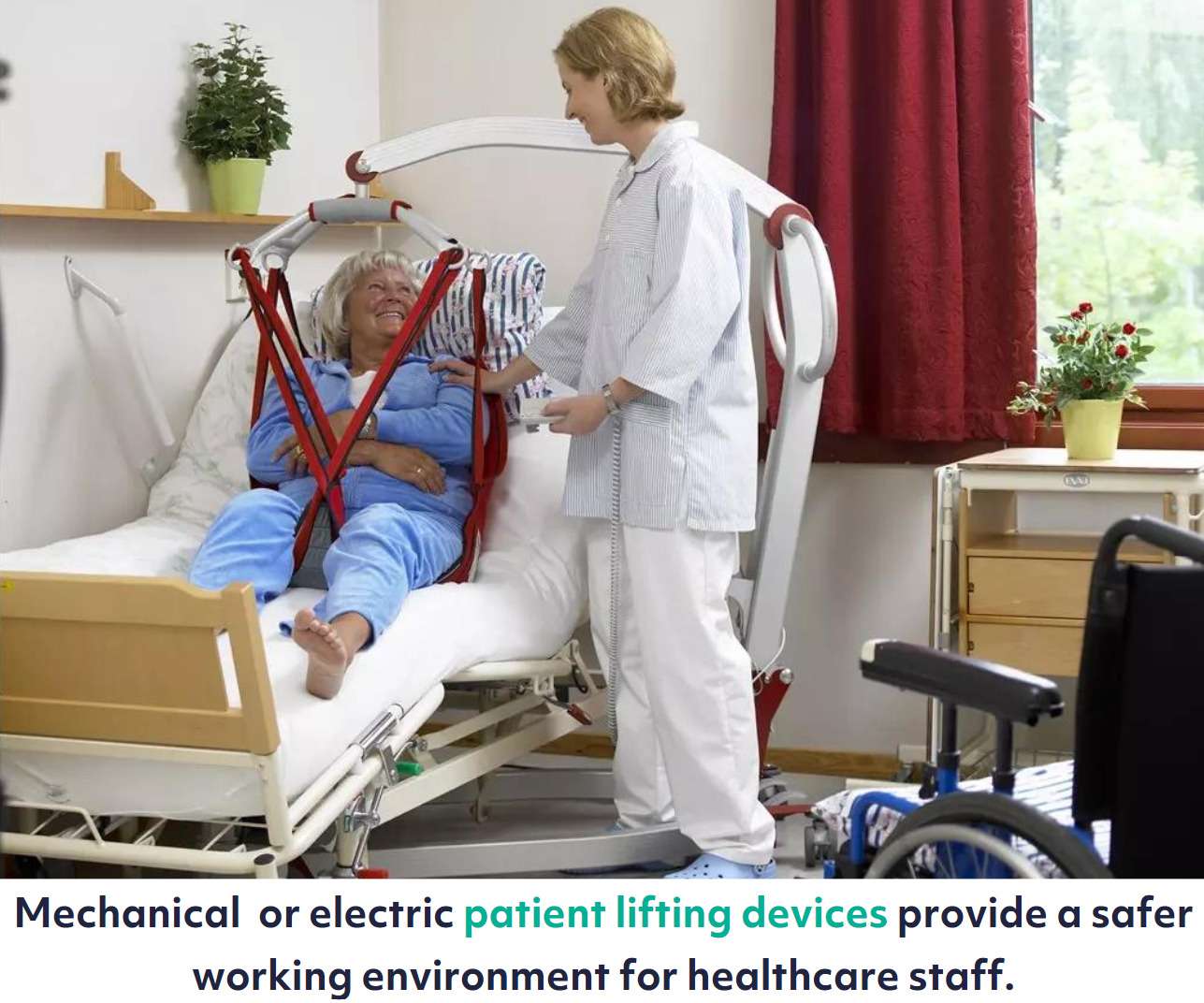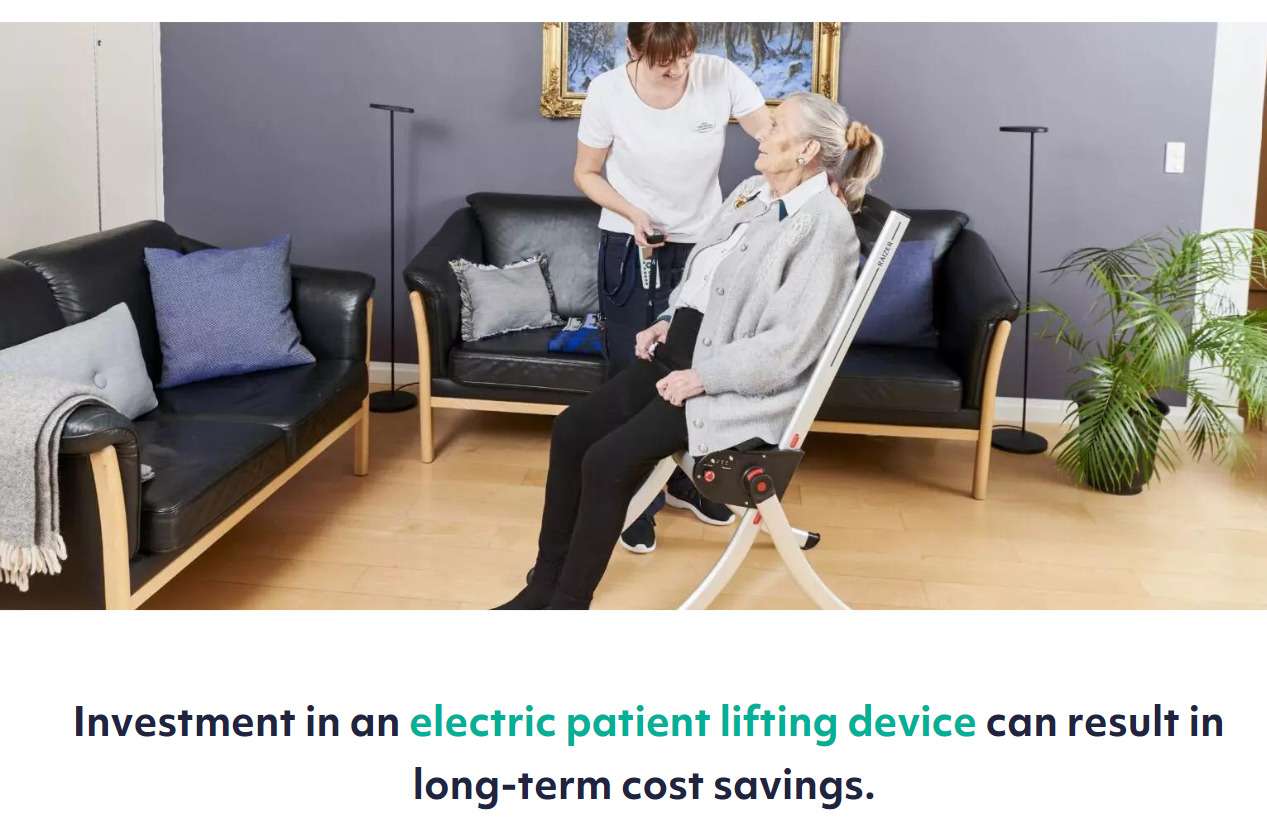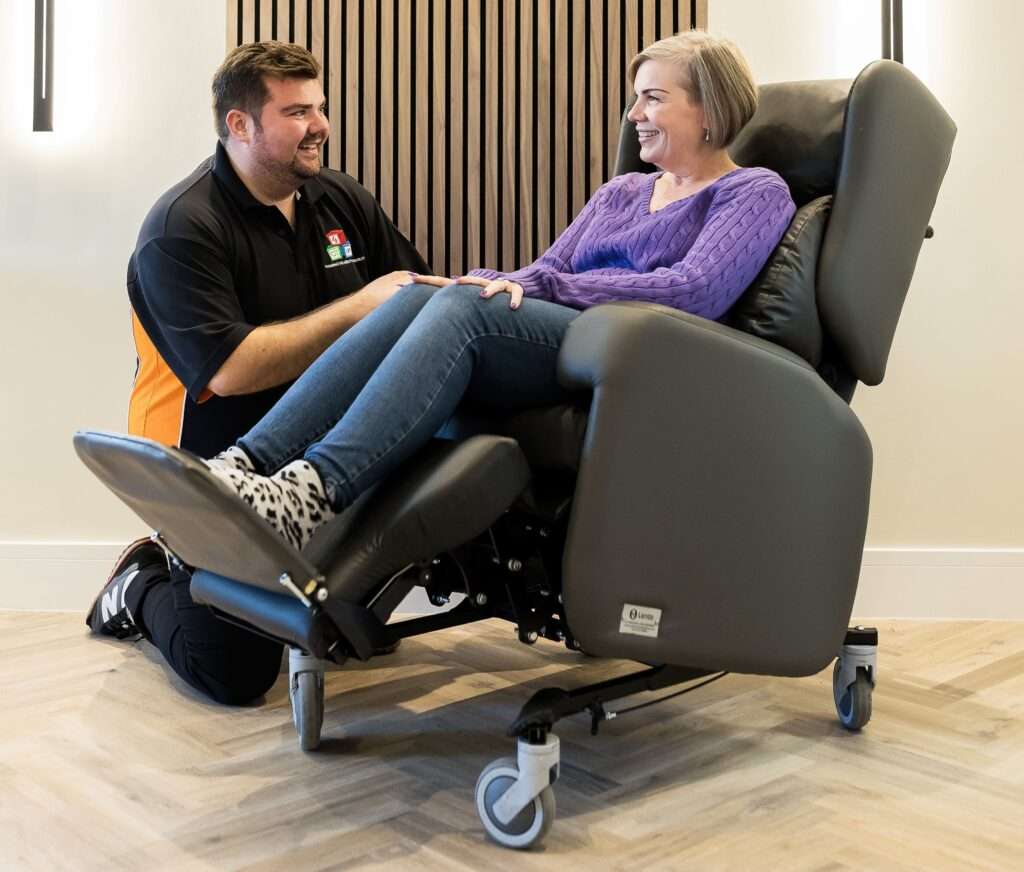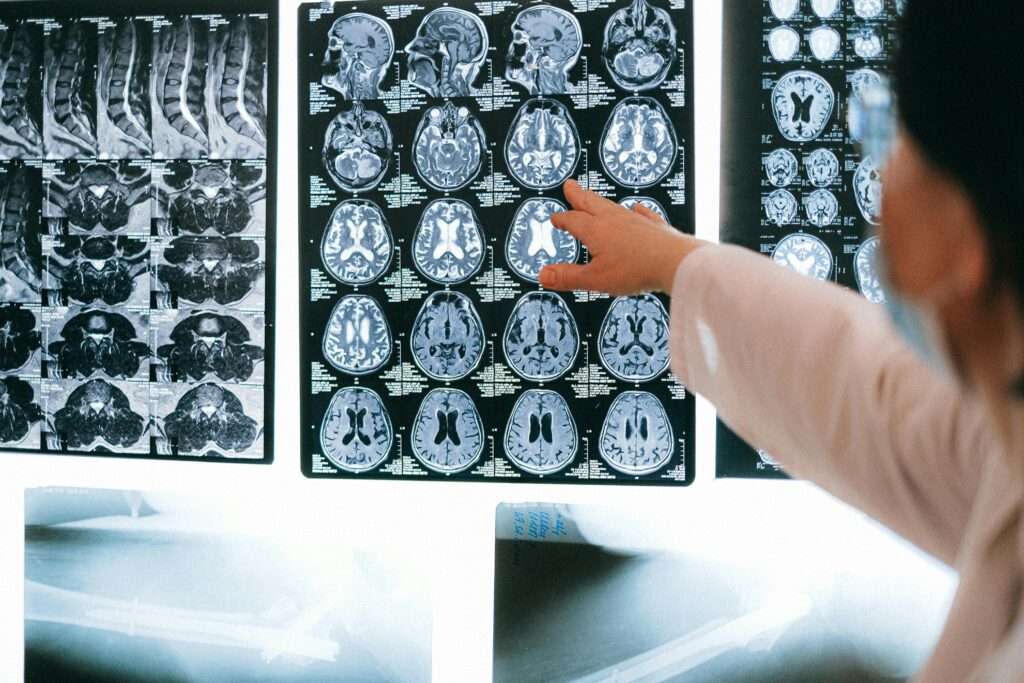Working in the healthcare industry can be physically demanding, especially when it comes to transferring and lifting patients.
Healthcare workers, particularly those in care/nursing homes and hospitals, are at a higher risk of musculoskeletal (MSK) injuries due to the manual handling of patients.
Work-related MSK disorders are the second most common reason of work-related ill health in the UK.
But, before we discuss their prevalence among healthcare workers and how they can be avoided with the appropriate equipment, let’s define a musculoskeletal injury.
What is a Musculoskeletal Disorder/Injury?
MSK injuries are defined as injuries/disorders that affect the ‘locomotor system’, this is the system that is made up of the skeleton, skeletal muscles, ligaments, tendons, joints, cartilage and other connective tissue.
- 477,000 workers suffered from musculoskeletal (MSK) disorders in 2021/2022
Essentially, the locomotor system provides form, support, stability, and movement to your body…and a musculoskeletal disorder is a injury to your locomotor system.
Work-related MKS disorders are injuries to the locomotor system that occur when performing work-related tasks.
For healthcare staff, the most common injuries are lower back pain can range from can range from muscle strains and lower back or shoulder (rotator cuff) injuries, osteoarthritis, with a number of these sustained during the moving and handling of patients.
Healthcare workers have one of the highest work-related muskoskeletal (MSK) health problems in the UK workforce:
- 66% of healthcare workers report injuries sustained at their workplace
Moving and handling injuries sustained by care workers can have long-term consequences and affect the quality of care provided.

However, advancements in moving and handling equipment mean there are now several mechanical patient lift devices available that can greatly reduce the risk of such injuries to staff and patients.
From improved staff and patient safety to increased efficiency, these devices are transforming patient care and ensuring the well-being of both patients and caregivers.
Risk of Musculoskeletal Injuries:
Mechanical patient lifting devices are designed to assist with lifting and transferring patients, reducing the need for manual lifting, and minimising the strain on the staff’s muscles and joints.
By eliminating or reducing the physical strain associated with manual lifting, the risk of injuries such as back strains, sprains, and muscle tears is significantly reduced.
These injuries not only cause pain and discomfort for the healthcare workers but also result in substantial costs for the healthcare system.
It is crucial for organisations to prioritise employee safety and provide access to appropriate patient lifting equipment to prevent and staff MSK injuries in order to ensure the well-being of healthcare staff and provide quality care to patients.
incorporating these devices into healthcare facilities.
Increase Staff Safety and Efficiency:
Electric patient lift devices are designed to streamline the patient lifting and transfer process, making it safer, quicker and more efficient.
These devices often come with features such as adjustable height and easy manoeuvrability, allowing staff to perform transfers with minimal effort and in a shorter amount of time.
By using electric patient devices to lift and transfer patients in their care, staff can reduce the physical exertion required for patient transfers. This will mean that staff members are less likely to experience fatigue and exhaustion.

Using mechanical patient listing devices can also contribute to staff members being less likely to experience fatigue and exhaustion, leading to better overall well-being and job satisfaction.
The combination of reduced physical exertion and reduced care staff fatigue and exhaustion can in turn contribute to improved staff retention rates and less days off taken due to injuries.
The increased efficiency of staff performing patient lifts from the floor or patient transfers from bed/chair can lead to higher productivity levels among healthcare staff, allowing them to focus on other essential tasks and provide better quality care to patients.
Cost Savings:
While the initial investment in mechanical patient lift devices may be higher compared to traditional manual lifting methods, they can result in long-term cost savings.
By reducing the risk of staff injuries, healthcare facilities can minimise costs associated with workers’ compensation claims, medical treatment, and staff replacement.
Additionally, the improved efficiency and productivity offered by these devices can result in time savings, allowing staff to attend to more patients within a given time frame.

Overall, the use of mechanical or electric patient lift devices provides numerous benefits to staff, including reduced musculoskeletal injuries, improved staff safety and well-being, increased efficiency, and potential cost savings for healthcare facilities.
Better Patient Moving and Handling
Summary:
Musculoskeletal injuries are a huge concern for healthcare staff in the UK. Many healthcare workers experience musculoskeletal (MSK) injuries due to the physically demanding nature of their work.
Tasks such as lifting and transferring patients, repetitive motion, and prolonged standing can lead to various injuries, including sprains, strains, and back problems.
- Work-related MSK disorders are the second most common reason of work-related ill health in the UK
- Healthcare workers have one of the highest work-related muskoskeletal (MSK) health problems in the UK workforce:
- 66% of healthcare workers report injuries sustained at their workplace
However, mechanical/electric patient lifting devices can significantly contribute to the prevention of musculoskeletal injuries among healthcare staff.
Access to appropriate patient lifting devices such as hoists and lifting chairs can reduce the amount of physical strain that a carer has to take during patient moving and handling.
Key Takeaways:
– Mechanical patient lift devices can reduce the risk of musculoskeletal injuries for staff by eliminating the need for manual lifting and transferring of patients.
– These devices help to decrease the physical strain on staff members, preventing long-term injuries and improving their overall well-being.
– By reducing the occurrence of staff injuries, mechanical patient lift devices can lower healthcare system costs associated with workers’ compensation claims, medical treatments, and staff absences.
– These lifting devices improve efficiency and productivity as they require less manpower to safely lift and transfer patients, allowing staff members to focus on other important tasks.














